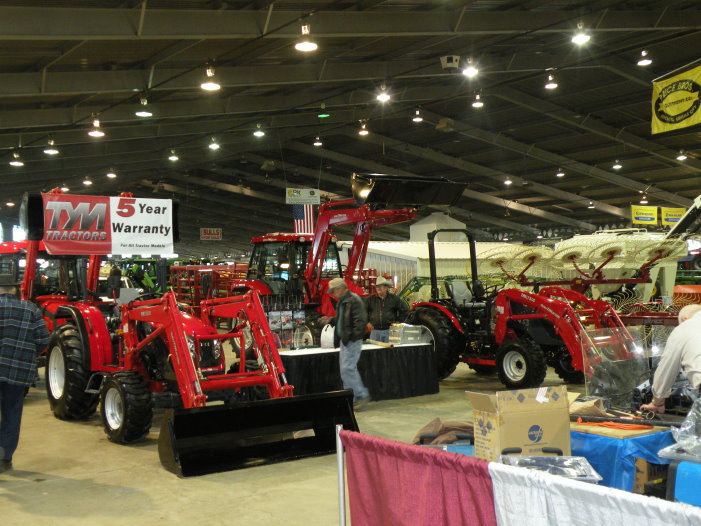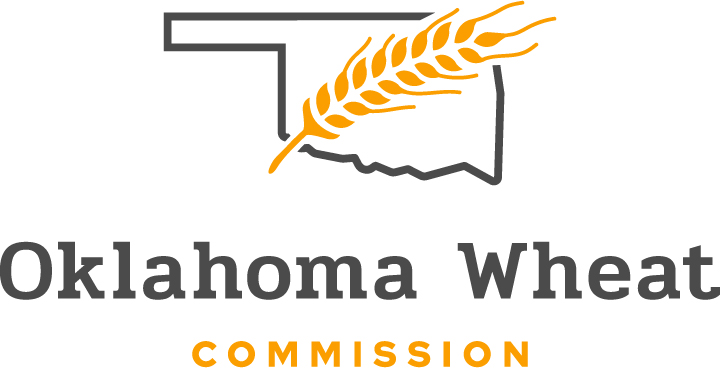
Agricultural News
Tractor and Combine Sales May be Difficult in 2010- Better in 2011
Fri, 22 Jan 2010 12:29:14 CST

Agricultural machinery manufacturers anticipate overall continued weakness in U.S. and Canadian tractor sales in 2010, according to the annual "outlook" survey of the Association of Equipment Manufacturers (AEM).
For all sizes of two-wheel tractors, however, the declines are expected to be less steep than 2009 losses. Double-digit decreases are expected for four-wheel-drive tractors, following relatively flat business in 2009. Combine sales are predicted to drop in the double digits for 2010 after 2009 sales growth. Sales of tractors and combines are then predicted to start rebounding through 2011 and 2012.
For other types of farm-related equipment covered in the AEM survey, overall 2010 demand for most products in the U.S. and Canada is expected to improve after 2009 business declines. All categories are predicted to be in the plus column for 2011 and 2012.
AEM is the North American-based international trade group for the off-road equipment manufacturing industry, and it annually polls its agricultural machinery manufacturers on sales predictions for a variety of farm-related equipment. Each forecast in the AEM survey is the average of responses from companies in each product line, predicting industry wide expectations rather than individual company performance, and unit sales rather than company profitability. The full survey results are available by clicking here.
"The recession reached the agricultural sector in 2009, and the drop in equipment sales in most categories is attributed to a combination of the fall in commodity prices, significant drops in net farm income, the tightening of credit throughout the ag equipment distribution channel, and the overall reduction in economic confidence," commented AEM Vice President of Agricultural Services Charlie O'Brien.
"The recession is expected to continue to drive negative growth rates in many equipment categories in 2010. However, it is important to keep in mind that the larger equipment has been coming off of some very good production years, specifically the 100 HP tractors, which were at a 25-year-high watermark in 2008," O'Brien continued.
"Other influencing factors fueling market uncertainty include legislative issues such as cap and trade, the ongoing debate on increasing food production while reducing agriculture's contribution of approximately 30 percent of the world's greenhouse gases, Country Of Origin Labeling, and emission standards that will raise the cost of powered equipment," O'Brien stated.
Combine sales in 2010 are expected to decrease 12 percent in the U.S., followed by a 7-percent drop in 2011 and no growth (down 0.3 percent) in 2012. A similar pattern is seen for Canadian combine sales - an expected 2010 decline of 13 percent, a 2011 decrease of 8 percent and no growth (down 0.3 percent) in 2012.
Sales of four-wheel-drive tractors in 2010 are predicted to decline 19 percent in the U.S. and drop 18 percent in Canada. In the U.S., business is then expected to increase 2 percent in 2011 and 3 percent in 2012. For Canada, 2011 business is anticipated to be flat (up 0.7 percent), and 2012 business is then predicted to gain 4 percent.
U.S. sales in 2010 for two-wheel-drive tractors in the 100-HP-and-over range are expected to drop 9 percent, followed by flat growth (up 0.7 percent) in 2011 and 4-percent growth in 2012. Canadian two-wheel-drive tractor sales for the same horsepower are predicted to drop 8 percent in 2010, decline another 3 percent in 2011, then gain 4 percent in 2012.
For tractors in the 40-100-HP range, U.S. sales are expected to decrease 6 percent in 2010 and then gain 9 percent in 2011 and 8 percent in 2012. Canadian sales in the 40-100-HP range are anticipated to drop 4 percent in 2010 but then rebound to grow 6 percent in 2011 and 7 percent in 2012.
Sales of under-40-HP two-wheel-drive tractors in 2010 are expected to decrease 8 percent in the U.S. and drop 15 percent in Canada. Here, too, improvement is then foreseen - for the U.S., 2011 growth of 8 percent and 2012 growth of 11 percent, and for Canada, gains of 4 percent in 2011 and a 10-percent increase in 2012.
WebReadyTM Powered by WireReady® NSI
Top Agricultural News
More Headlines...




















